I will assume you want to read in a sinusoidal signal and leave it at that. This can be done with an ADC.
First, you need to know your resolution. If you get an X bit ADC then you have 2^X bits to work with. If your micro is being powered off a 5V supply, then 5V/(2^x) = V resolution. Essentially you are binning it and the more bits, the better resolution.
Once you have that, you look at that operating voltage again. If you have a 5V supply, then you need to supply from 0 to 5V to the ADC. You can't supply negative or over 5V. You will get peaking and/or damage your circuitry. So if you are supplying 0 to 5V of a sinusoidal wave, then you want to be centered around 2.5V with positive and negative peaks of 2.5V from center. This is a full 5V peak to peak voltage within your bounds.
If the voltage is small, then you would amplify it to reach this peak to peak, cut any DC offset, and add your known offset using a voltage divider between power and ground. This is just an example, but I have attached a sample circuit to show you the signal in and the voltage divider for offset.

Your main problem comes with the sampling of high frequency as has been pointed out. This is not going to be possible with most micros, but I don't know what frequency you are referring to.
EDIT: Based on more info given -
Rather than sit here and spout a ton of info, because this is abroad topic, I will give you an overview. You need to shrink your signal. The best way to do this is with a buffer opamp. This will waste less power than other methods. See the below documentation and related question...
http://www.ti.com/lit/an/sloa098/sloa098.pdf
How to read high voltages on microcontroller?
The stack exchange question shows you a method for diminishing your voltage, but you still need to get your voltage over 0. I gave one method for shifting up above, but there are others. You will have no problem finding the parts if you search buffer opamp, and then just match the input voltage to the opamp, the input resistance from the opamp to the ADC, and make sure not to exceed your micro's max input voltage.
